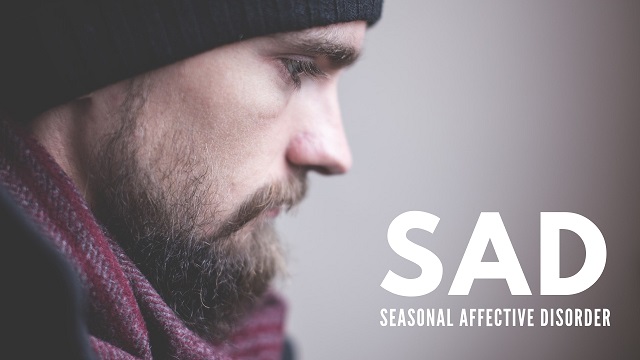Winter in New York can be a beautiful time with snow-capped trees in Central Park and frosted department store windows downtown. But for about 20 percent of the population in the US, winter means experiencing the depression, lack of motivation, sadness, and despair of Seasonal Affective Disorder (SAD). SAD affects different people in different ways. Some have mild cases of it that begin after long winters after their bodies have been deprived of sunlight. Others have more severe cases of it that come on as soon as winter hits. Whatever the case may be for you, it is nothing to ignore. There are ways to cope with it and possibly get it under control.
What is SAD?
SAD is a type of depression related to changes in the seasons. For people who struggle with this disorder, they usually experience symptoms at about the same time every year. It is usually during the fall and winter because of the shortened days, less sunlight, and colder temperatures. It can affect people in other months, as well. It’s just much less common. Symptoms of SAD can include lethargy, insomnia, weight gain or loss, feelings of hopelessness, and even suicidal thoughts.
Treating SAD with Light
Light therapy may be the best medicine for those who experience seasonal affective disorder. Since the disorder is believed to be mainly caused by a lack of sunlight, bright, artificial light seems to help by stimulating the hypothalamus. These treatments are usually prescribed by a therapist. And the usual protocol is to use them for about 30 minutes a day. The light units can be purchased at many online retailers, such as Amazon, for reasonable prices. It is important, however, to check with your doctor before using one and to make sure it is FDA approved.
Treating SAD with Proper Nutrition
Diet can play a big role in how you feel during the winter months. Since studies suggest that people with seasonal affective disorder often eat a diet heavier in carbs and sugar during these months, they are not properly fueling their bodies for energy, happiness, and mental well-being. This unbalanced diet could also increase the intensity of the symptoms because of malnutrition and the other factors it can cause.
Treating SAD with Exercise
One of the greatest benefits of exercise is that it usually improves the symptoms of depression and anxiety. It helps your body release feel-good endorphins, boosts your confidence, and takes your mind off of any worries you are facing. And if you get your physical activity outside, you are also giving yourself a little natural light therapy that will help with the symptoms, as well.
Treating SAD with Interaction
It’s tempting to stay inside and curl up on the couch on cold and gloomy days, especially when you’re feeling blue. But being around your family and friends can be good medicine. If you feel you need more help, see a good therapist. In fact, many people that experience the symptoms of SAD arrange to start seeing a professional several months before their onset. There are therapists in NYC that can offer you tools to cope with your emotions, sometimes including prescriptive treatments like light therapy or medication.
No matter how long you’ve been coping with SAD, there is always something else you can try. It’s important to relay your symptoms to your physician or therapist immediately. And if you’ve experienced these feelings in the past, it’s best to be proactive. Don’t wait until you’re overwhelmed with emotions to reach out for help. Get ahead of the disorder and get treatment well before you need it.

